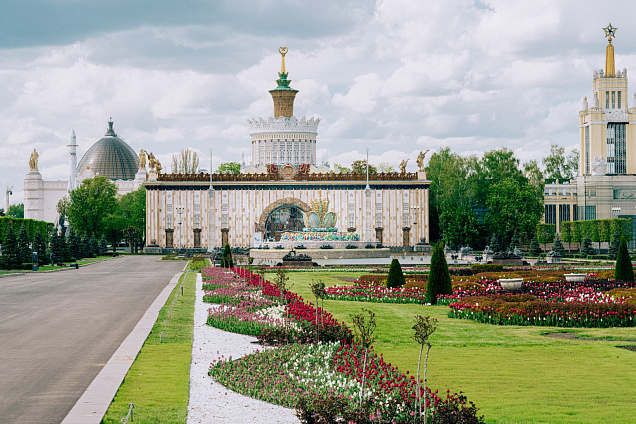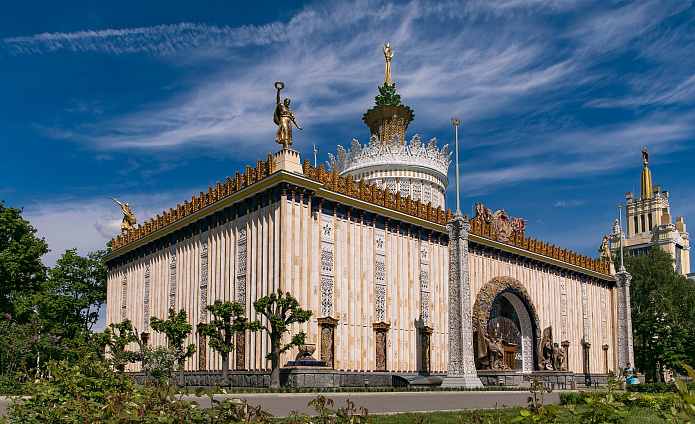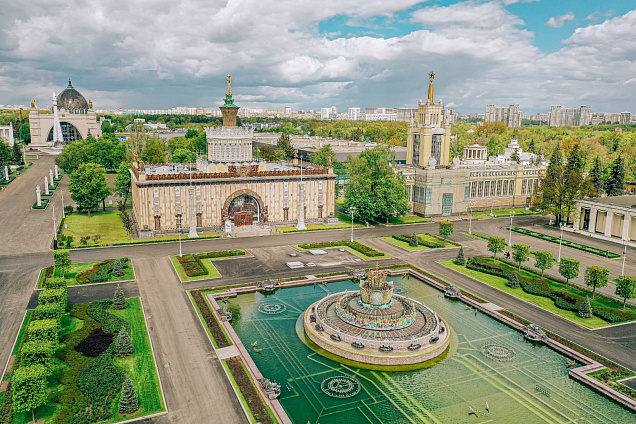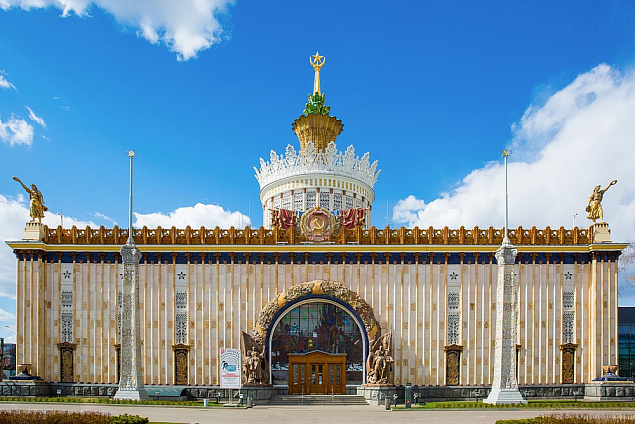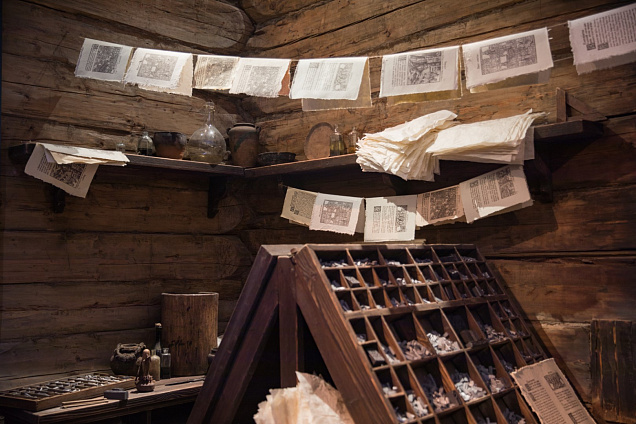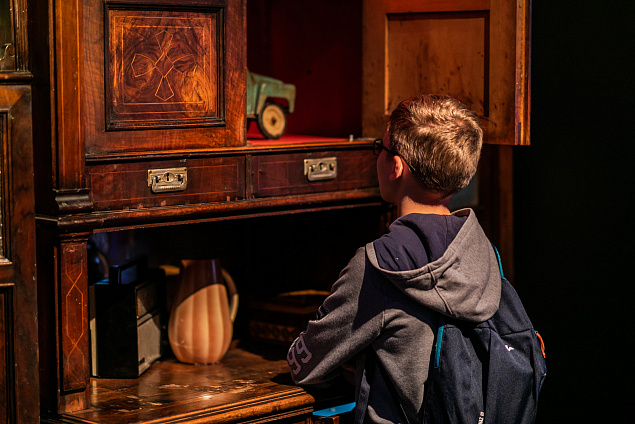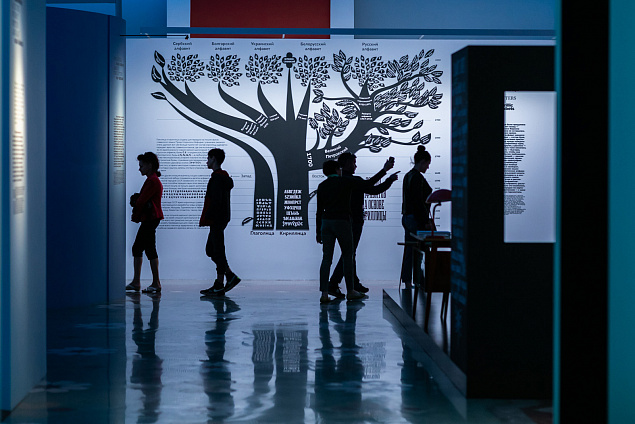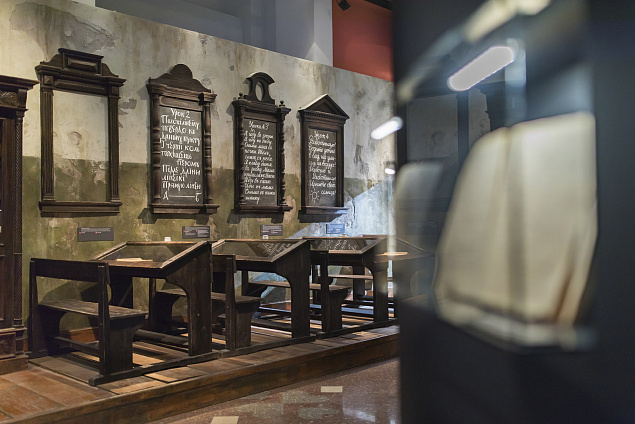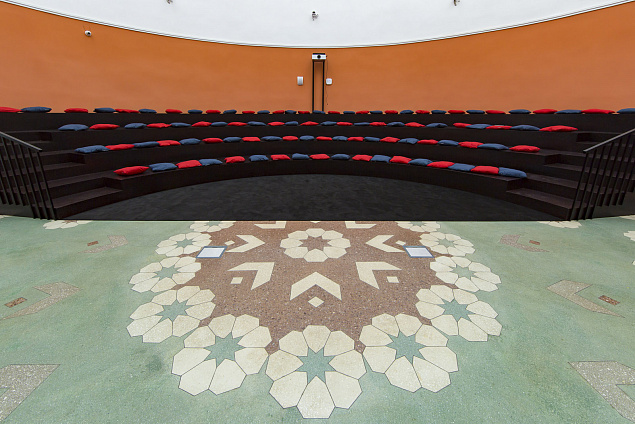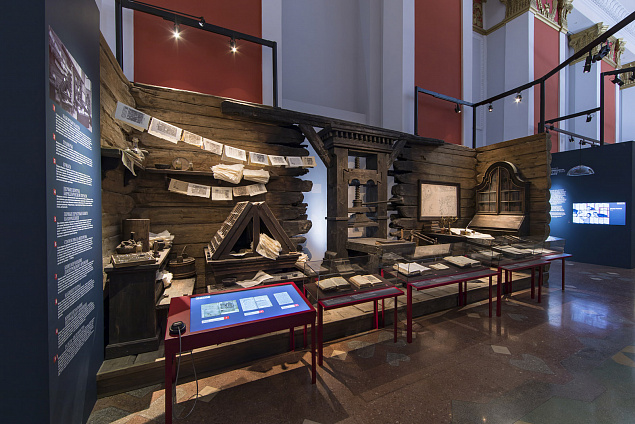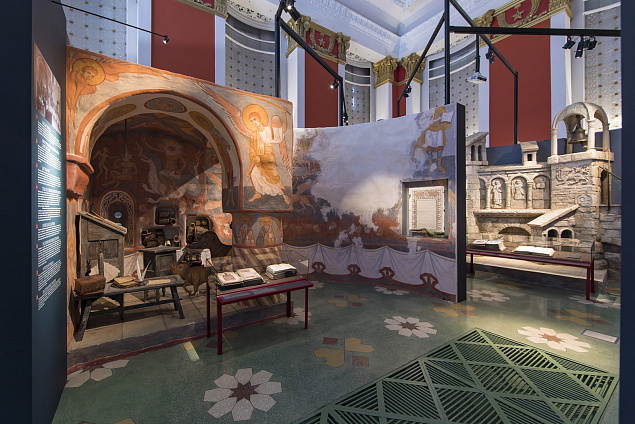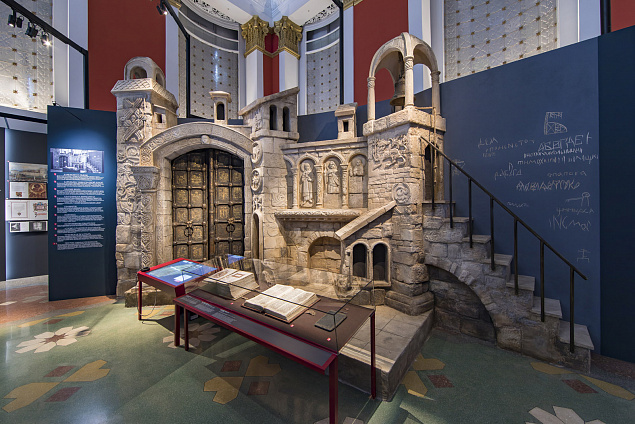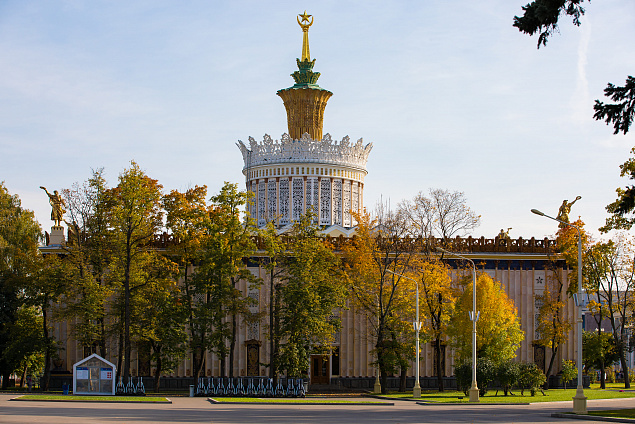The 'Slovo' Centre of Slavic Writing. Pavilion No. 58, Agriculture (former pavilion of the Ukrainian SSR)
Today from 11:00
Schedule
Mo
Day off
Tu — Su
11:00 — 22:00
Время работы касс
10:45 — 21:00
Вход в центр при наличии билета
до 21:15
Facilities
Wi-fi
WC
Доступная среда на ВДНХ
Loyalty program
Сервис аренды зарядок «Бери заряд»
Contacts
Phone
E-mail
Address
119 Mira Avenue, pavilion No. 58
Website
Other places
Museum The Cosmonautics and Aviation Centre. Pavilion No. 34 Space
Today from 11:00
Museum The VDNH Museum. Main Entrance (right wing). Building 228
Today from 11:00
Iconic places
Museum Worker and Kolkhoz Woman Pavilion
Museum Pavilion No. 61. Tsentrosoyuz
Today from 11:00
Museum Pavilion No. 26 Moscow Transport Museum
Museum Pavilion No. 36 Museum of Cinema
Today from 12:00
Museum Pavilion No. 57. Russia Is My History
Today from 11:00
Iconic places
Museum Pavilion No. 31. K. A. Timiryazev Museum
Today from 11:00
Museum The Model of Moscow
Today from 10:00
Iconic places
Museum Pavilion No. 67. Karelia
Iconic places
